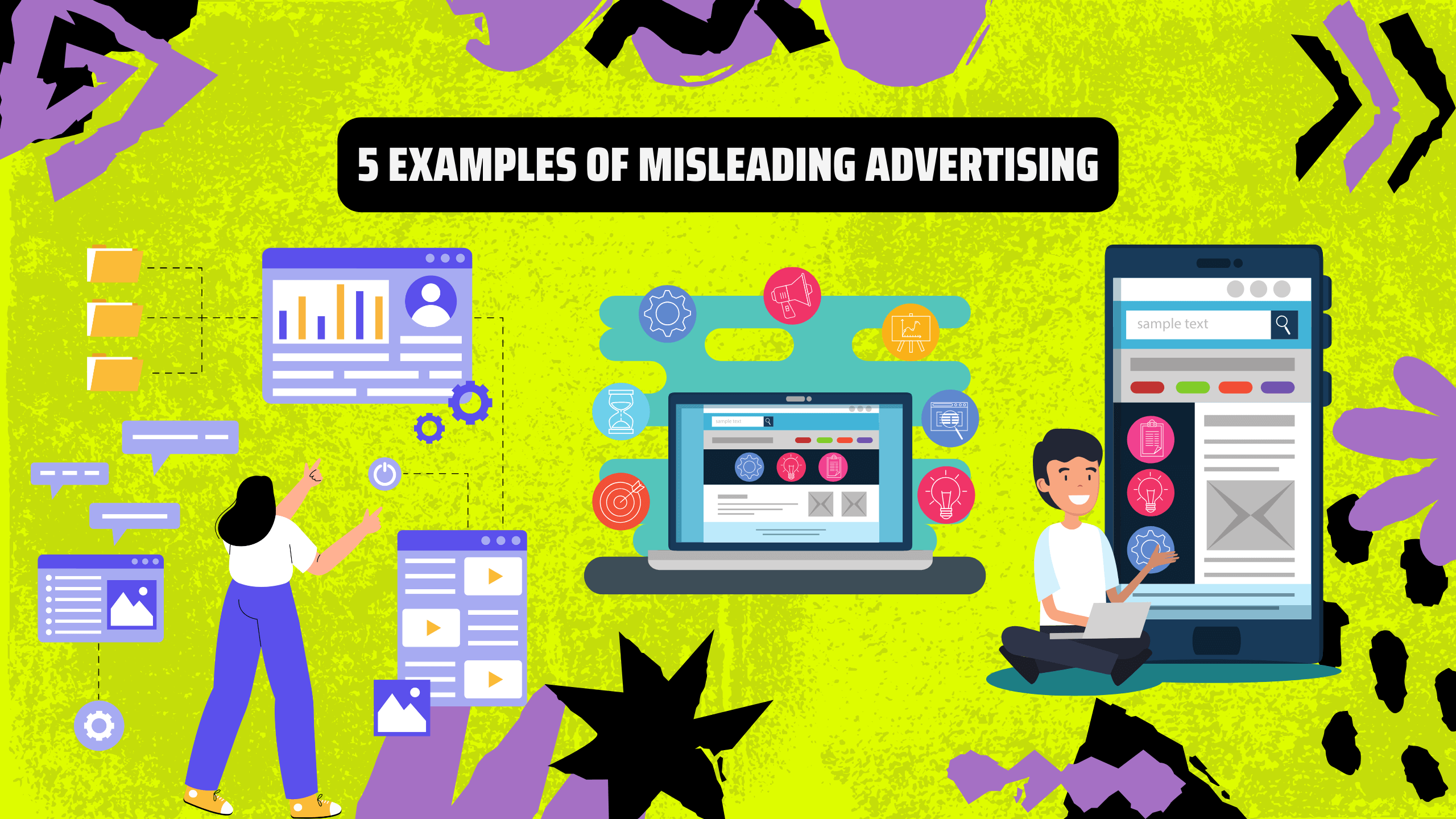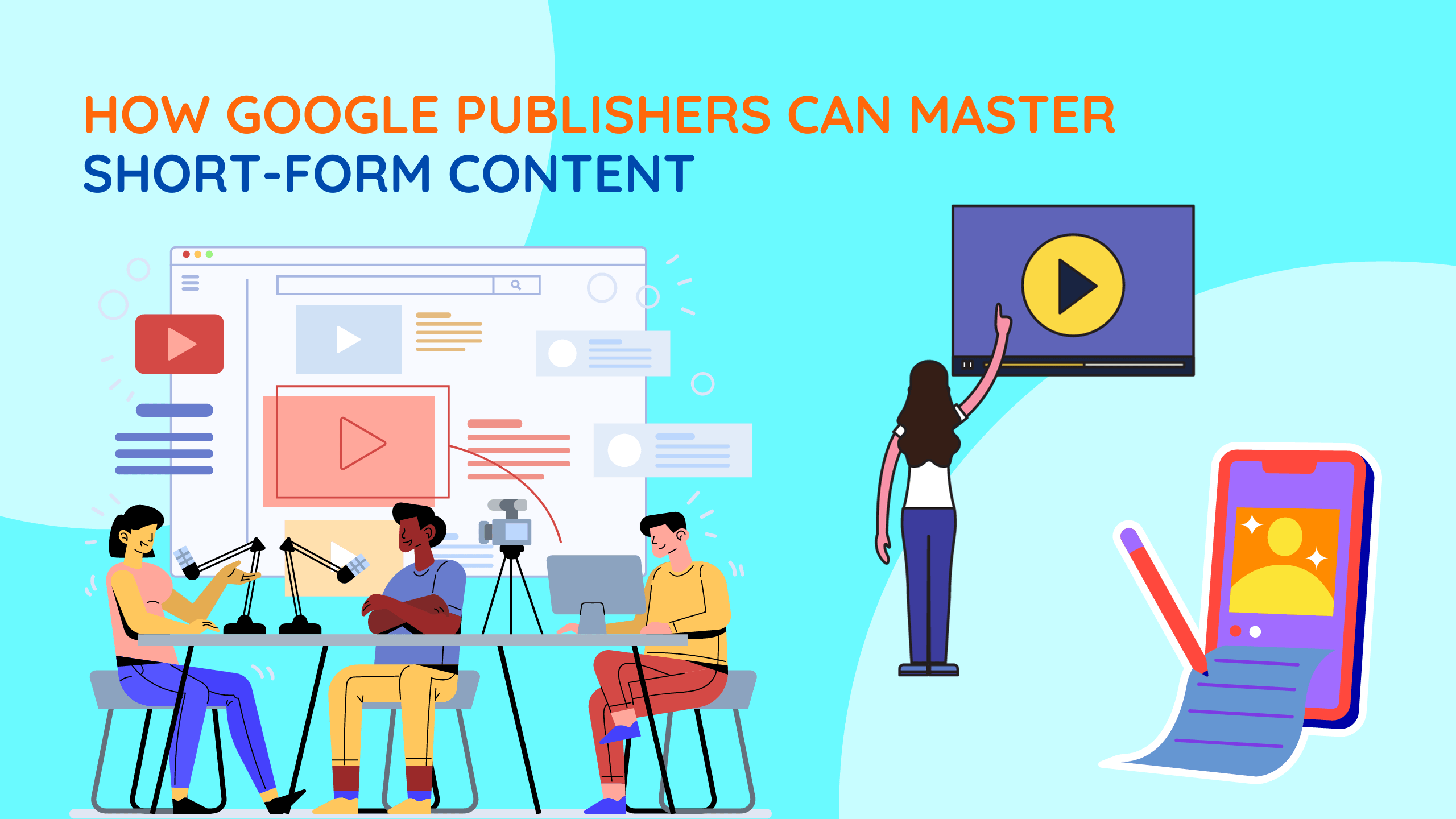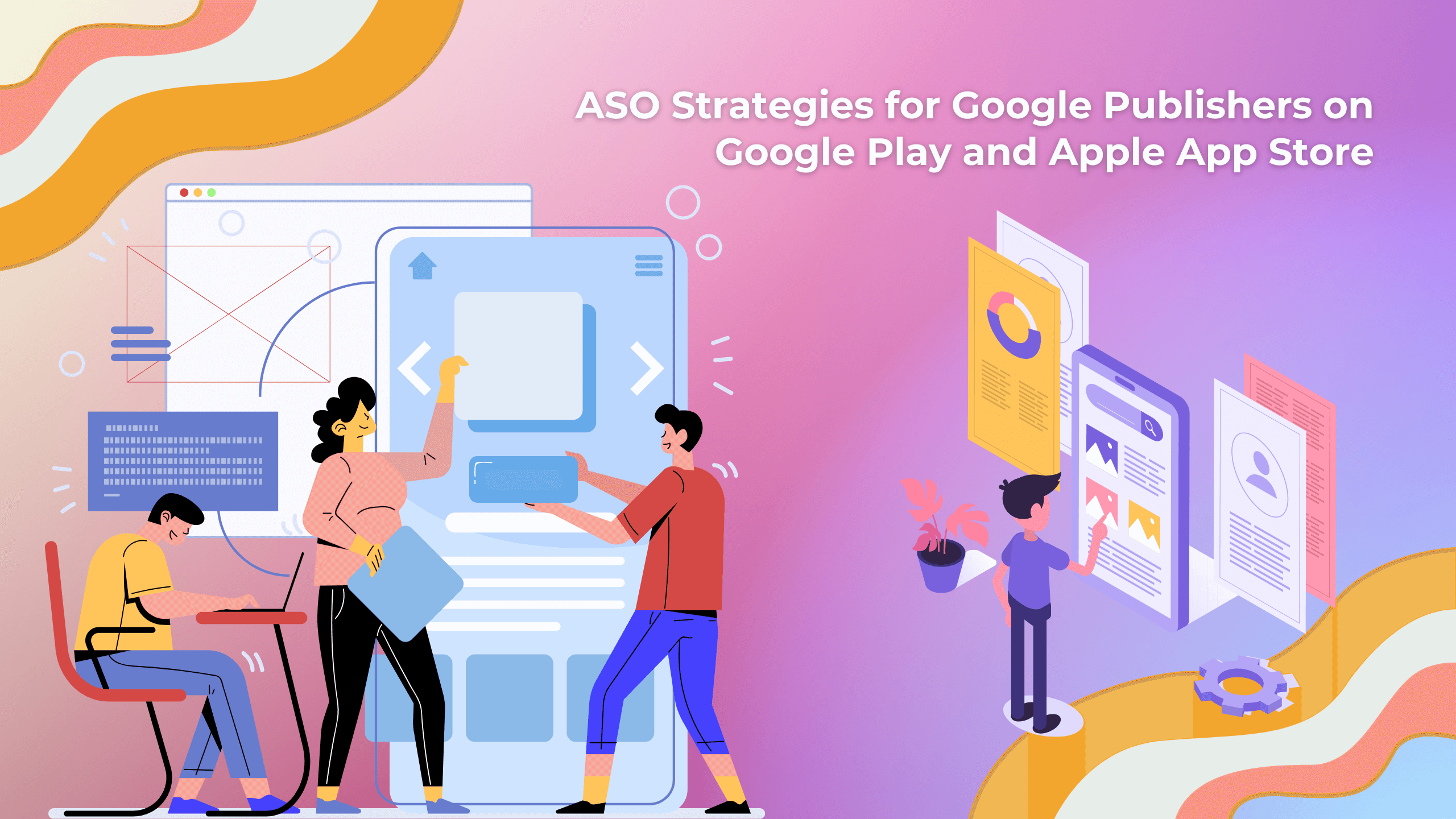Post-roll ads, a compelling tool in their advertising arsenal, offer targeted and engaging ad experiences. In this blog, we’ll explore the key aspects of post-roll ads, from their definition to their potential future, all designed to cater to Google Publishers.
I. What are post-roll ads?
Post-roll ads are short videos shown at the end of online video content. They appear after viewers have watched the main video and are often used on platforms like YouTube and websites that have videos as their main content. These ads aim to deliver marketing messages, generate revenue for content creators, and engage viewers after they’ve watched the primary content. They can be skippable or non-skippable and vary in length, typically lasting around 15 to 30 seconds.
II. Benefits of using this video ad:
Surely this will be the part that will help you decide whether this is an ad format suitable for the content on your website or application or not. Let’s get to the main point right away!
Google Publishers can derive numerous benefits from using post-roll ads within their content strategies. Post-roll ads, unlike their pre-roll counterparts, appear after the main content, which ensures that users remain highly engaged with the primary content they came to consume. This enhanced engagement often results in higher completion rates for post-roll ads. Consequently, Google Publishers can see an upswing in ad revenue through increased ad views and interactions.
Additionally, by strategically placing post-roll ads at the end of video content, publishers can provide a non-intrusive way for advertisers to connect with their audience. This can lead to stronger, more fruitful partnerships between publishers and advertisers, which can further boost ad revenue.

For platforms with revenue-sharing models, such as YouTube, offering post-roll ads is a valuable strategy for monetizing video content. These ads are a win-win as they generate revenue for both publishers and content creators, strengthening the relationship between both parties.
The advantages of post-roll ads extend beyond just revenue generation. They provide an opportunity to extend user engagement, encouraging users to stay within the content ecosystem, thereby increasing the likelihood of additional ad interactions and clicks.
However, Google Publishers need to consider factors like user preferences, ad relevance, and optimal ad placement to maximize the effectiveness of post-roll ads in their monetization strategies.
III. How does it work?
Let’s take a look at the technical part a bit about post-roll ads. Post-roll ads are video advertisements that play after a video stream ends. They are a popular type of in-stream advertising, along with pre-roll and mid-roll ads. Post-roll ads are typically shorter than pre-roll and mid-roll ads, ranging from 5 to 30 seconds in length.
Post-roll ads are served by ad networks or ad servers, which match advertisers with relevant video content. When a user finishes watching a video, the ad server delivers a post-roll ad to the user’s device. The ad server selects the ad based on several factors, including the user’s interests, the content of the video they just watched, and the advertiser’s budget and targeting criteria.
Post-roll ads can be either skippable or non-skippable. Skippable post-roll ads allow users to skip the ad after a few seconds, while non-skippable post-roll ads must be watched all the way through. Post-roll ads are a popular choice for advertisers because they are seen by users who have already engaged with the video content. This makes post-roll ads more likely to be effective in generating brand awareness and conversions.
IV. Types of Post-roll Ads:
Standard Post-Roll Ads:
Standard post-roll ads are a common format used in video advertising. These ads are typically non-skippable and appear at the end of the main video content. They are usually short, typically lasting between 10 and 20 seconds. Due to their non-skippable nature, viewers are more likely to watch them in their entirety, making them an effective choice for advertisers who want to deliver a concise and impactful message. These ads often feature a clear call to action (CTA) to prompt viewers to take a specific action, such as visiting a website, signing up for a service, or making a purchase. The brevity of standard post-roll ads ensures that the viewer receives a direct and memorable message without feeling that it disrupts their video-watching experience.

Interactive Post-Roll Ads:
Interactive post-roll ads take engagement to the next level by incorporating elements that encourage viewer interaction. Unlike standard post-roll ads, interactive post-roll ads provide options for viewers to engage with the ad content. These may include clickable links, buttons, or CTA overlays. Viewers can choose to explore more about the product or service being advertised, sign up for newsletters, or even make a purchase directly from the ad. This interactivity not only increases engagement but also provides advertisers with valuable data on viewer preferences and behaviour. By offering a two-way interaction, these post-roll ads can create a more personalized and memorable experience for viewers, ultimately boosting the chances of conversion.
Overlay Post-Roll Ads:
Overlay post-roll ads appear on top of the main video content as it concludes. They are usually semi-transparent and display additional information, related content, or a CTA without covering the entire video screen. Overlay post-roll ads aim to capture the viewer’s attention without being overly intrusive. These ads often provide complementary information or suggest related videos that viewers might be interested in, thereby encouraging them to continue engaging with the advertiser’s content. Overlay ads work well for delivering secondary messages or offers without taking viewers away from the video they were initially watching. By doing so, advertisers can engage viewers within the same ecosystem, fostering a seamless transition from video content to post-roll ad content.
Each type of post-roll ad has its unique advantages and use cases, offering advertisers flexibility in how they want to engage their target audience at the end of a video. The choice of post-roll ad format depends on the advertiser’s campaign objectives, the nature of the content, and the desired level of viewer engagement. Advertisers often consider the viewer’s experience and the overall message they want to convey when selecting the most suitable type of post-roll ad for their campaign.
V. The Future of it:
The future of post-roll ads is expected to be dynamic and responsive to evolving consumer behaviors and technology trends. Several key developments are anticipated:
- Enhanced Personalization: Post-roll ads are likely to become more personalized based on viewer preferences, behaviors, and demographics. Advertisers will leverage data-driven insights to tailor post-roll content for more relevance and engagement.
- Interactive Features: The trend of interactive post-roll ads is expected to grow. Viewers will have more opportunities to engage with ads, leading to increased click rates and conversion rates. Advertisers will use technologies like augmented reality (AR) and virtual reality (VR) to create immersive and interactive post-roll experiences.
- Seamless Integration: Post-roll ads will integrate more seamlessly with the overall content. Non-disruptive formats will be a priority, ensuring that viewers do not feel interrupted by the ad experience.
- Cross-Device Compatibility: Post-roll ads will adapt to various devices and screen sizes, providing a consistent experience for users across desktop, mobile, and smart TVs.
- Enhanced Analytics: Advertisers and publishers will have access to more advanced analytics tools to measure the success of post-roll campaigns. This will include metrics like viewer interaction, engagement, and conversion attribution.

VI. Who Should Use Post-Roll Ads:
Post-roll ads can benefit a wide range of Google publishers, including:
- Content Creators: Post-roll ads offer an additional revenue stream for content creators, including YouTubers, bloggers, and podcasters. They can monetize their content by including post-roll ads in their videos, articles, or audio content.
- Online Magazines and News Outlets: Publishers of online magazines and news outlets can utilize post-roll ads to monetize their articles and videos. These ads can be particularly effective for long-form content.
- Video Streaming Services: Platforms that offer video content, such as streaming services and online courses, can benefit from post-roll ads. These ads can be used to promote related content, products, or services to engaged viewers.
- E-commerce Websites: E-commerce websites can use post-roll ads to showcase products or special offers to potential customers. These ads can provide an extra push for visitors to make a purchase.
- Niche Blogs and Websites: Niche blogs and websites that cater to specific interests can use post-roll ads to promote relevant products, services, or affiliate offers.
- Mobile Apps: Mobile app developers can incorporate post-roll ads as a monetization strategy. Users who have installed a free app can view post-roll ads as a way to access premium features or content.
- Social Media Influencers: Influencers on platforms like Instagram, TikTok, and Twitter can use post-roll ads to monetize their video content. These ads can promote sponsored products or affiliate partnerships.
In conclusion, the future of post-roll ads holds exciting possibilities with enhanced personalization, interactivity, and seamless integration. Google Publishers across various domains can leverage post-roll ads to monetize their content, engage their audiences, and increase their revenue. Advertisers and publishers should stay attuned to emerging trends in post-roll advertising to remain competitive and meet the evolving needs and expectations of consumers.











